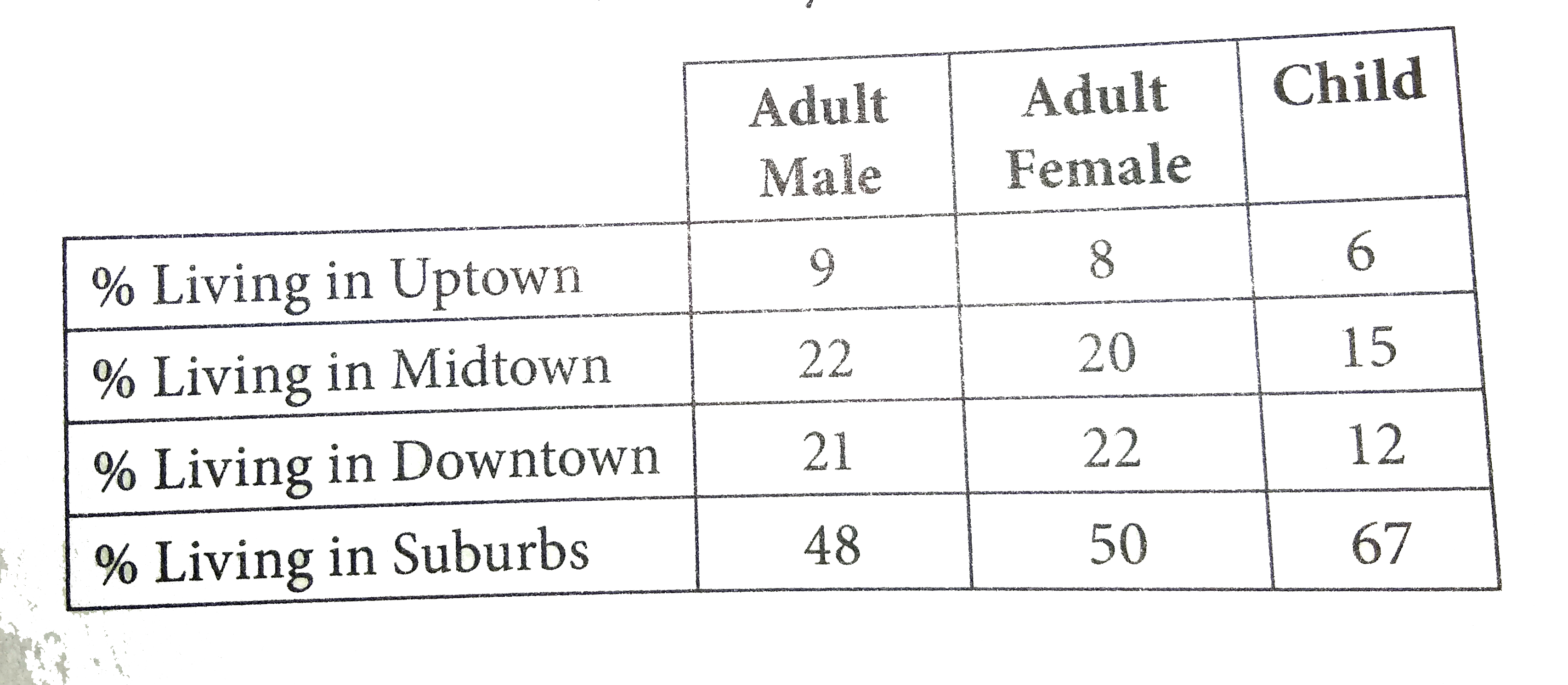As compared to an adult male, the adult female has more
Fat
Brain
Connective tissue and other parts
Muscles
The correct Answer is:A
To answer the question "As compared to an adult male, the adult female has more," we will analyze the options provided: fat, brain, connective tissue, and muscles.
1. Understanding Body Composition:
- Adult males and females have different body compositions. Generally, males tend to have a higher muscle mass, while females tend to have a higher percentage of body fat.
2. Analyzing the Options:
- Fat: Women typically have a higher body fat percentage compared to men. This is due to biological and hormonal differences, including the role of estrogen in fat storage.
- Brain: There is no significant difference in brain size between adult males and females when adjusted for body size. Thus, this option does not apply.
- Connective Tissue: The amount of connective tissue does not significantly differ between males and females.
- Muscles: Males generally have more muscle mass than females due to higher levels of testosterone.
3. Conclusion:
- Based on the analysis, the option that is more in adult females compared to adult males is fat.
Therefore, the final answer is: As compared to an adult male, the adult female has more fat.
- Adult males and females have different body compositions. Generally, males tend to have a higher muscle mass, while females tend to have a higher percentage of body fat.
- Fat: Women typically have a higher body fat percentage compared to men. This is due to biological and hormonal differences, including the role of estrogen in fat storage.
- Brain: There is no significant difference in brain size between adult males and females when adjusted for body size. Thus, this option does not apply.
- Connective Tissue: The amount of connective tissue does not significantly differ between males and females.
- Muscles: Males generally have more muscle mass than females due to higher levels of testosterone.
- Based on the analysis, the option that is more in adult females compared to adult males is fat.
Topper's Solved these Questions
- GROWTH, REPAIR, REGENERATION AND AGEINGBOOK - DINESH PUBLICATION ENGLISHCHAPTER - GROWTH, REPAIR, REGENERATION AND AGEINGEXERCISE - Revision Question From Competitive Exams.
54 Videos
- GROWTH, REPAIR, REGENERATION AND AGEINGBOOK - DINESH PUBLICATION ENGLISHCHAPTER - GROWTH, REPAIR, REGENERATION AND AGEINGEXERCISE - Check your Grasp
10 Videos
- GENETIC BASIS OF INHERITANCEBOOK - DINESH PUBLICATION ENGLISHCHAPTER - GENETIC BASIS OF INHERITANCEEXERCISE - Check your Grasp
30 Videos
- HUMAN EVOLUTIONBOOK - DINESH PUBLICATION ENGLISHCHAPTER - HUMAN EVOLUTIONEXERCISE - Brain Teasers-VII
181 Videos
Similar Questions
Knowledge Check
In human adult females, oxytocin
Astimulates pituitary to secrete vasopressinBcauses strong uterine contractions during parturitionCis secreted by anterior pituitaryDstimulates growth of mammary glands.Assertion: Infection of the urethra is more common in males than in the females.
Reason: Urethra is shorter in the males than in the females.A(a) If both Assertion and Reason are true and the Reason is the correct explanation of the Assertion.B(b) If both Assertion and Reason are true and the Reason is not the correct explanation of the Assertion.C(c) If Assertion is true but the Reason is false.D(d) If both Assertion and Reason are false.
The chart below shows the population distribution for the 2,400 occupants of the city of centre Hill.

IF there are an equal number of adults and children, and adult females outnumber adult males by 200, what is the sum of the women living uptown and the children living in the suburbs of Centre Hill?
View SolutionIn human adult females, oxytocin
View SolutionIn human adult females oxytocin:-
View SolutionIn adult Frog, the kidney is
View SolutionHaemoglobin value for a healthy adult male is
View SolutionAdult females tend to have less weight than adult males due to lesser development of
View Solution
